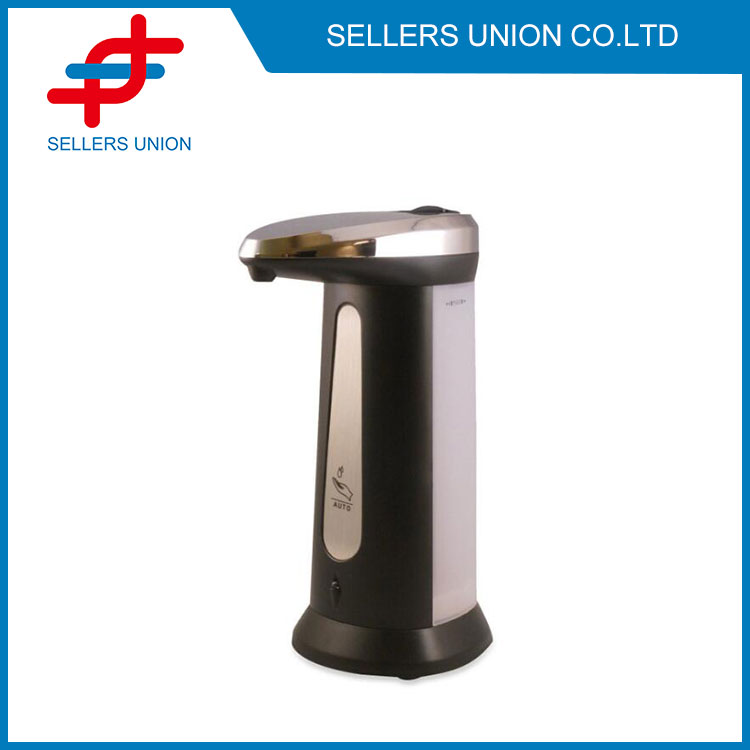Considerations for automatic liquid dispensers
2023-11-20
An automatic liquid dispenser is a device designed to dispense liquid substances without the need for manual contact. These devices are commonly used in various settings to promote hygiene, efficiency, and convenience. Here are some key features and considerations for automatic liquid dispensers:
1. Sensor Technology: Automatic liquid dispensers typically employ sensor technologies, such as infrared sensors or motion sensors. These sensors detect the presence of an object, usually a user's hand, triggering the dispenser to release the liquid.
2. Types of Liquids: These dispensers can be designed to dispense a variety of liquids, including soap, hand sanitizer, hand lotion, disinfectants, or even water. The design may vary based on the viscosity and properties of the liquid being dispensed.
3. Dispensing Mechanism: The dispensing mechanism can vary and is tailored to the specific characteristics of the liquid. Common mechanisms include pumps, valves, or other systems that control the flow of the liquid from the reservoir to the dispensing nozzle.
4. Adjustable Settings: Many automatic liquid dispensers offer adjustable settings for the volume of liquid dispensed per activation. This feature allows users to customize the amount of liquid dispensed based on their needs and preferences.
5. Reservoir or Refillable Container: The dispenser contains a reservoir or a refillable container to store the liquid. The size of the reservoir can vary, and some dispensers are designed to be easily refillable to ensure a continuous supply.
6. Power Source: Automatic liquid dispensers can be powered by batteries or electricity. Battery-powered dispensers provide flexibility in terms of placement, while electrically powered ones are often used in more permanent installations.
7. Applications: These dispensers are widely used in public restrooms, healthcare facilities, commercial spaces, and other settings where hand hygiene is essential. They are also utilized in industrial environments for dispensing cleaning solutions or other liquids.
8. Hygiene Benefits: The touchless operation of automatic liquid dispensers helps reduce the risk of cross-contamination and the spread of germs. This is particularly important in settings where maintaining a high level of hygiene is critical.
9. Design and Material: The design of automatic liquid dispensers can vary to suit different environments and aesthetics. They are often made from materials that are easy to clean and resistant to corrosion or damage.
These dispensers play a crucial role in promoting good hygiene practices, especially in public spaces, by offering a touch-free and efficient way for individuals to access liquid substances.



